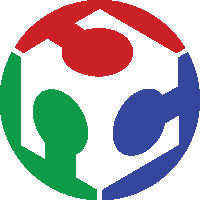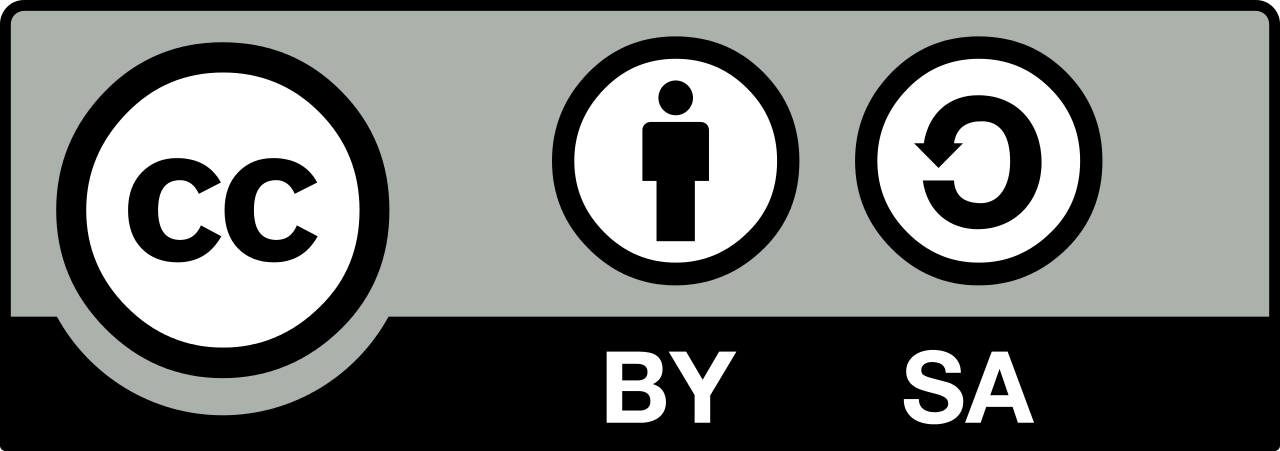

Individual assignment: Develop a plan for dissemination of your final project. Prepare drafts of your summary slide (presentation.png, 1920x1080) and video clip (presentation.mp4, 1080p HTML5, < ~minute, < ~10 MB) and put them in your root directory
.
.
Intellectual property (IP) refers to creations of the mind, such as inventions; literary and artistic works; designs; and symbols, names and images used in commerce. IP is protected in law by, for example, patents, copyright and trademarks, which enable people to earn recognition or financial benefit from what they invent or create.
Intellectual property rights include patents, copyright, industrial design rights, trademarks, plant variety rights, trade dress, geographical indications and some jurisdictions trade secrets.
A patent is a form of right granted by the government to an inventor, giving the owner the right to exclude others from making, using, selling, offering to sell, and importing an invention for a limited period of time, in exchange for the public disclosure of the invention. A product will get patent only when it meet the following three criteria: it has to be new, not obvious and there needs to be an applicability.
Copyright gives the creator of an original work exclusive rights to it, usually for a limited time. Copyright does not cover ideas and information themselves, only the form or manner in which they are expressed.
A trademark is a recognizable sign, design or expression which distinguishes products or services of a particular trader from the similar products or services of other traders.
It is a formula, practice, process, design, instrument, pattern, or compilation of information which is not generally known. By keeping the secrets leads to obtain more economic advantages
The MIT License is a permissive free software license originating at the Massachusetts Institute of Technology (MIT). As a permissive license, it puts only very limited restriction on reuse and has, therefore, an excellent license compatibility. The MIT license is also compatible with many copyleft licenses, such as the GNU General Public License (GPL); MIT licensed software can be integrated into GPL software, but not the other way around.
The GNU General Public License (GNU GPL or GPL) is a widely used free software license, which guarantees end users the freedom to run, study, share and modify the software. There are currently three versions of license are available under GNU. The terms and conditions of the GPL must be made available to anybody receiving a copy of the work that has a GPL applied to it ("the licensee"). Any licensee who adheres to the terms and conditions is given permission to modify the work, as well as to copy and redistribute the work or any derivative version. Software under the GPL may be run for all purposes, including commercial purposes and even as a tool for creating proprietary softwares.
The distribution rights granted by the GPL for modified versions of the work are not unconditional. When someone distributes a GPL'd work plus his/her own modifications, the requirements for distributing the whole work cannot be any greater than the requirements that are in the GPL. This requirement is known as copyleft.Copyleft applies only when a person seeks to redistribute the program. Developers may make private modified versions with no obligation to divulge the modifications, as long as they do not distribute the modified software to anyone else. Note that copyleft applies only to the software, and not to its output (unless that output is itself a derivative work of the program>
A Creative Commons (CC) license is one of several public copyright licenses that enable the free distribution of an otherwise copyrighted work. A CC license is used when an author wants to give people the right to share, use, and build upon a work that he/she has created.
The CC licenses all grant the "baseline rights", such as the right to distribute the copyrighted work worldwide for non-commercial purposes, and without modification. The details of each of these licenses depend on the version, and comprises a selection out of four conditions:
Licensees may copy, distribute, display and perform the work and make derivative works and remixes based on it only if they give the author or licensor the credits (attribution) in the manner specified by these.here you can view View license deed and View legal code
Licensees may distribute derivative works only under a license identical ("not more restrictive") to the license that governs the original work. Without share-alike, derivative works might be sublicensed with compatible but more restrictive license clauses, e.g. CC BY to CC BY-NC.)here you can view View license deed and View legal code
(NC) Licensees may copy, distribute, display, and perform the work and make derivative works and remixes based on it only for non-commercial purposes.here you can view View license deed and View legal code
Licensees may copy, distribute, display and perform only verbatim copies of the work, not derivative works and remixes based on it.here you can view View license deed and View legal code
.
After understanding the licenses i had decided to use CCSA (Creative Commons Attribution-ShareAlike 4.0 International Licenseas) license, as i would like to improve my work using collective knowledge.
I want to share my work and knowledge. My project was not meant for any business purposes. I have shared all my designs and programs in my documentation. It was only a fun project and i wish to modify my project to have a more owl look alike product and add more functions added to it. My intention was not to make a unique product but to make a simple product and study all the processes involved for the same.
.

.